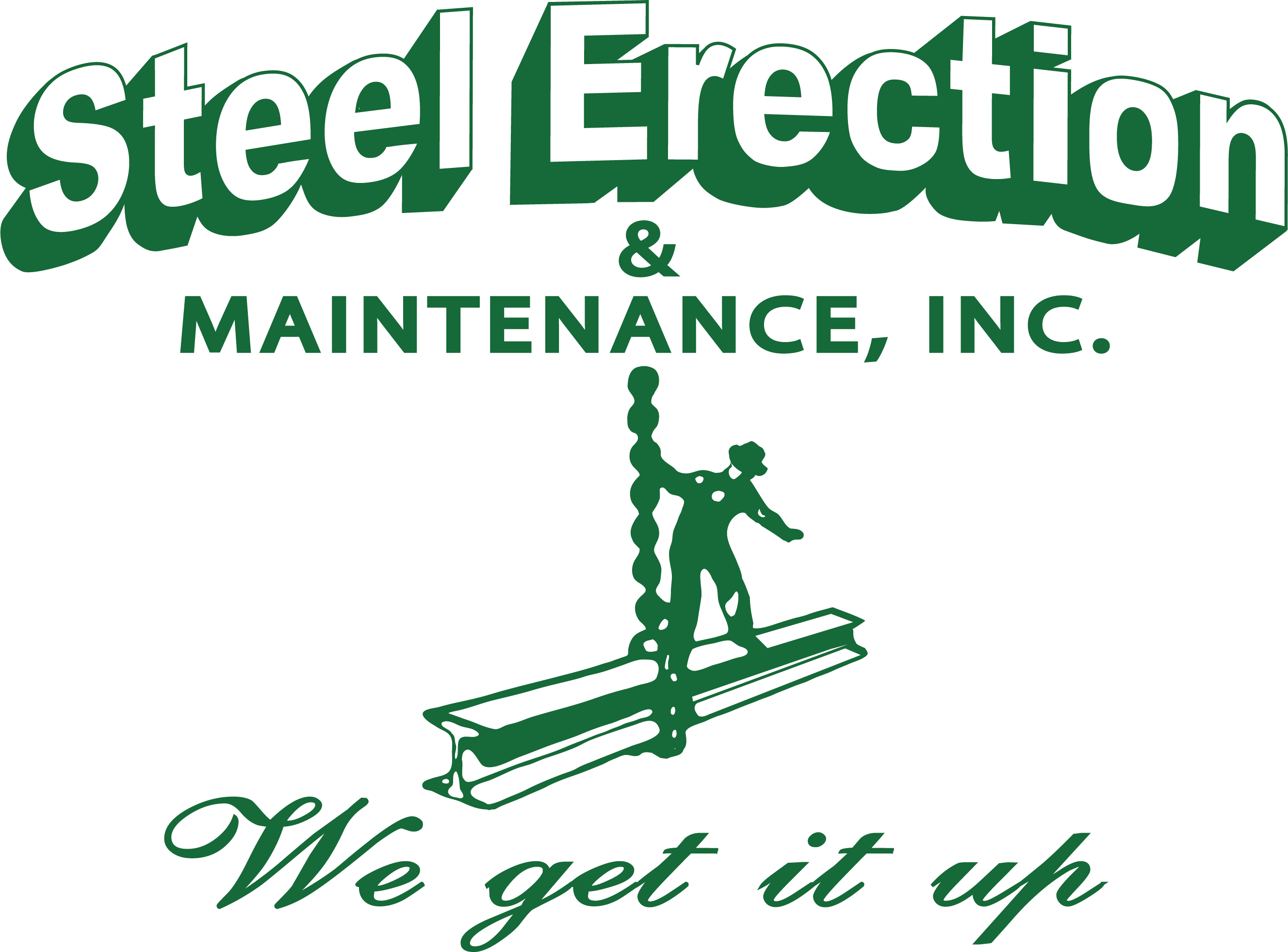Steel buildings have enjoyed increasing popularity for their durability, cost-effectiveness, and versatility. However, without proper insulation, they can become uncomfortable environments, especially in extreme weather conditions. In cold climates, steel structures can quickly lose heat, leading to chilly interiors and higher heating costs. Conversely, in hot climates, inadequate insulation can allow heat to penetrate the building, resulting in sweltering conditions and increased reliance on air conditioning. In Arizona, we have both, but don’t worry. At Steel Erection and Maintenance, Inc., our knowledgeable experts know the “it” factor to ensure your steel building’s comfort matches its economy and versatility—the R-value.
What Is the R-Value?
The R-value, or thermal resistance, measures a material’s ability to resist the flow of heat. In simpler terms, it indicates how well insulation can prevent heat from transferring through a structure. For steel buildings, which are inherently more conductive than traditional construction materials like wood or brick, achieving optimal thermal resistance is essential for controlling indoor temperatures and energy efficiency.
Benefits of Using the Proper Insulation
When selecting insulation for a steel building, understanding the R-value is crucial. The higher the value, the greater the thermal resistance and the better the insulation’s performance. Insulation with a high R-value helps minimize heat transfer, thereby reducing energy consumption for heating and cooling purposes. There are also other positive effects to be considered. Besides climate control, insulation can also help reduce condensation in a building as well as dampen sound, and act as an air barrier.
What Types of Insulation Are Available for Metal Buildings?
There are various insulation materials and techniques tailored to the specific needs of steel construction. Fiberglass, foam board, spray foam, and reflective insulation are among the commonly used options, each offering unique advantages in terms of cost, performance, and installation ease. The most attractive option is often installed at the time of the build and covered in white vinyl. However, it is a good rule of thumb to use the type of insulation recommended by your builder to ensure the best choice for your needs.
Too Much of a Good Thing
In addition to the insulation material itself, other factors can influence the overall “R” factor of a steel building. These include the thickness of the insulation layer, the presence of thermal bridges, and the quality of installation. And while, in theory, a higher R-value should provide better insulation, it is important to note that you can have too much of a good thing.
Installing too much insulation can be counterproductive to your insulation’s purpose resulting in compression which can diminish the R-value. Instead, rely on qualified, experienced companies such as Steel Erection and Maintenance to help you hit that “sweet spot” with regard to your steel building’s insulation needs.
Without a doubt, the “R” factor is the “it” factor when determining the effectiveness of insulation in steel buildings. By understanding and prioritizing thermal resistance, home and business owners can work with builders to create structures that are not only energy-efficient and cost-effective but also comfortable and conducive to productivity. Working with the knowledgeable folks at Steel Erection and Maintenance, Inc. will ensure your project gets done exactly right for you. If you reside in Kingman, Phoenix, or Prescott areas, reach out to get your personalized quote today.

